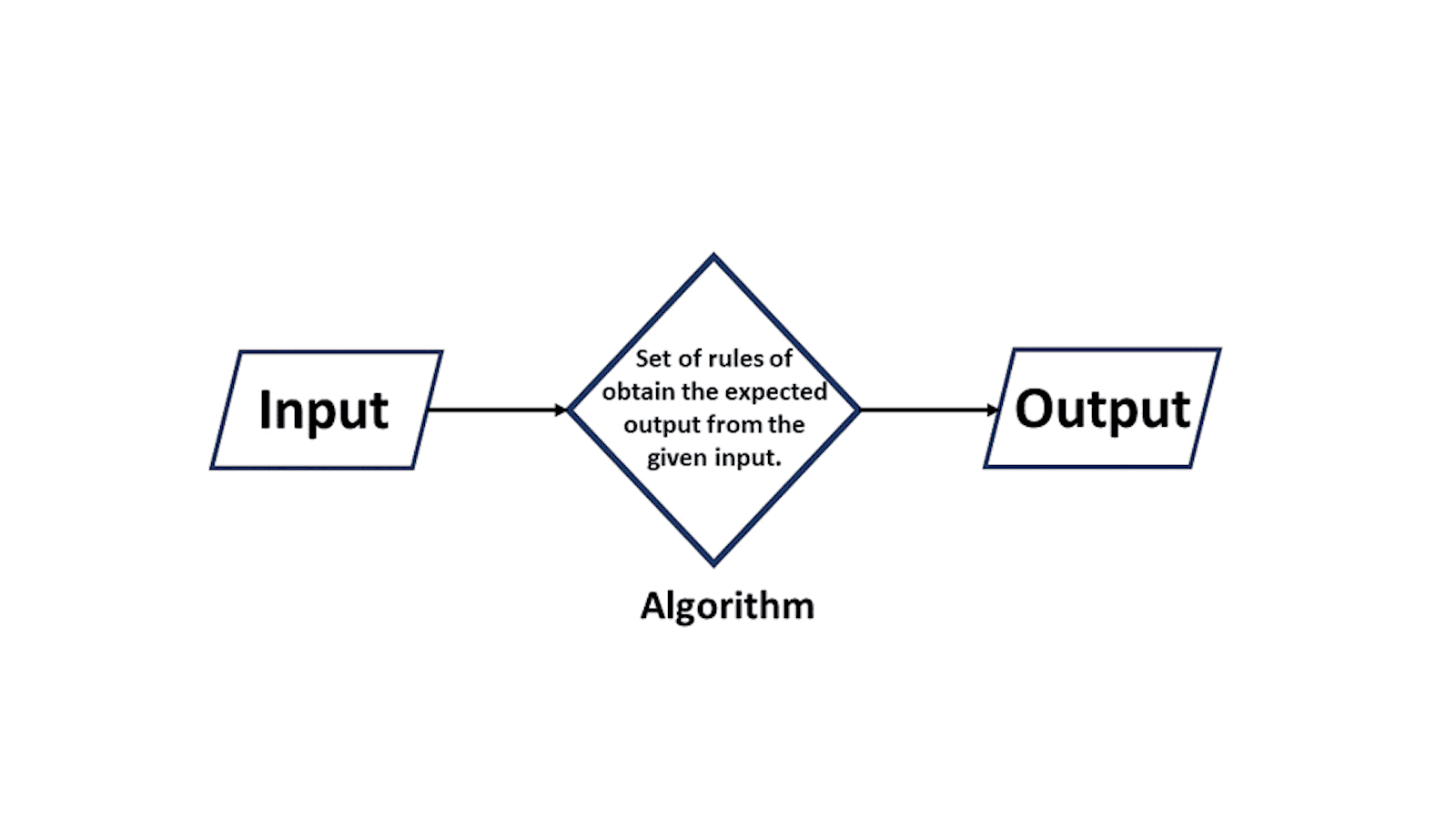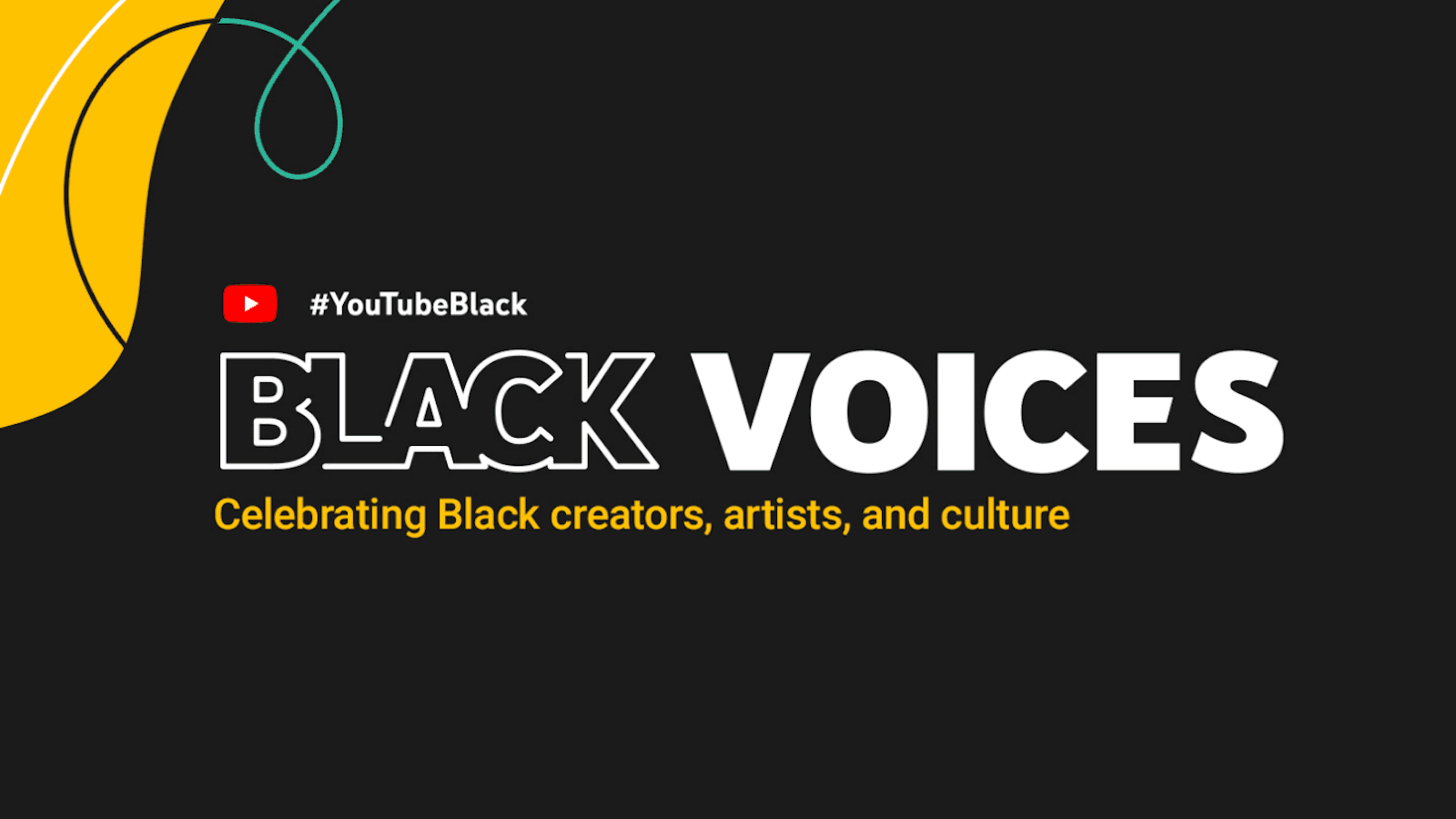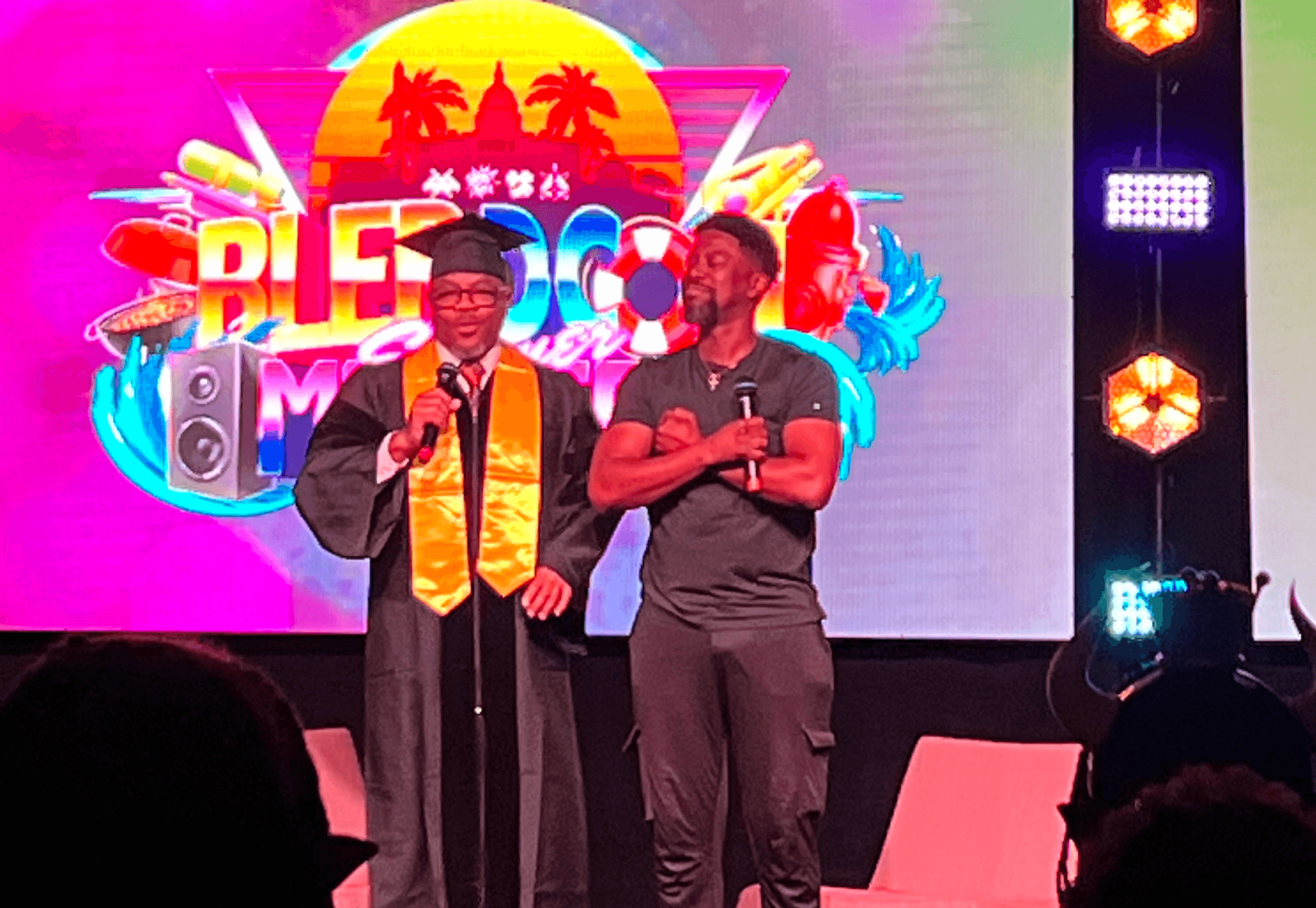“YouTube, you guys either play favorites, you are racists, or … it’s a mix of the two. These are the three options.”
As we know with any industry, being BIPOC comes with its own set of challenges. We are expected to be 10x as good as our peers or we will be met with stifling criticism. This practice extends to the content creation world as well. Regardless, we have those who have beat the odds and are currently exceling in this rigged game we call life. CoryxKenshin has defied odds with weekly trending videos, amassed over 15 Million fans/subscribers, and countless brand deals/recognition. Though with these feats, Cory has decided to plead his notices of unfair treatment within the digital content creation world.
In the age of digital creation, for people of color their seems to be multiple obstacles standing in our way. The two that seem to rear their head most often are unfair policy enforcement and bias algorithms. As consumers of digital media, we are at the will of algorithms. Algorithms are used to categorize the content and then distributed to those who may be interested in being a part of viewership. This can be exciting as relevancy can catapult you to an audience you weren’t even aware existed. But what if these algorithms are trained without integrity, or spotlights certain individual characteristics?
Algorithm: a process or set of rules to be followed in calculations or other problem-solving operations, especially by a computer.

Although all algorithms share the same basic principle in their creation, in CoryxKenshin’s case he is going up against the YouTube algorithm. YouTube’s algorithm has two primary goals: to suggest videos to suit viewers and to keep viewers watching more videos. This makes growing and flourishing on YouTube a much more difficult task then just posting a video and moving on. Most popular youtubers would suggest that new creators should create a “content strategy” aka a way to make YouTube’s algorithm work for you. However, for BIPOC there can be more impediments on the road to YouTube stardom that a strategy can’t outmaneuver. As algorithms have become more commonplace in social media and other uses many BIPOC within the Ai/Computer science who have exposed the nitty gritty of how biases, prejudice and racism are embedded within algorithms across industries.
As Joy Buolamwini discusses in her 2016 Ted Talk on racial bias in facial analysis software, the algorithmic bias that she met in the US during her undergrad studies followed her all the way to Hong Kong. Algorithmic biases are not isolated events but a widespread problem that crosses international borders. BIPOC live this problem daily. Studies such as Gender Shades: Intersectional Accuracy Disparities in Commercial Gender Classification have shown how facial recognition software consistently had the most inaccuracies for black people and darker skinned women. Now how does this relate to YouTube and CoryxKenshin’s statements?
It is safe to assume that since code is regularly shared by computer engineers and scientists around the world that many of the algorithms, we use from facial recognition to what pops up in your twitter feed could have a bias to it. For example, let’s take a system like YouTube, where a lot of the users show their face in their videos and for many your personality is the main pull for your channel. If code in the algorithm has any bias within it, then it could easily hinder creators of color from growing on the platform. In Cory’s video he describes his experience with YouTube as being “pushed down.” Once exposure hits a certain high, here comes censorship and shadow banning. He states he’s trending for a few days then YouTube comes to nitpick and find some arbitrary reasoning to incriminate or flag him for one reason or another.
Towards the midpoint of his video Cory asks the question: “Why is my channel so scrutinized?” He stares into the camera beckoning for an answer we as viewers know he will most likely never receive. Along with possible issues due to racial bias in YouTube’s algorithms, Cory has been abused by the policies that YouTube enforces. His decision to make this video came after years of staying silent through the arbitrary rulings that have been made against him. The straw that would break the camel’s back is when his video on popular video game, The Mortuary’s Assistant, got age restricted. One of the many ways that YouTube enforces their policies on their creators.
A video getting age restricted means that that it is not viewable to users who are under 18 years of age. Now from a first glance this policy seems to hold no malice and in some situations is completely necessary. The issue with age restrictions is that it can then reduce and possibly remove all monetization from a creator’s video. So, if a creator’s video is falsely age restricted then that could cause serious problems for their revenue and engagement which in turn could repress their growth as a creator. In Cory’s case his video had the possibility of being age restrictions due to the nature of the game, however, his video got age restricted when other big Youtuber, Markiplier, did not. Markiplier showed the game with the same scenes yet wasn’t given the same scrutinization.
This isn’t an isolated issue for Cory or many other youtubers. Cory posted a video over a year ago speaking about a copyright strike he received for a video that had content other big Youtubers had on their channels as well. The process of him receiving an age restriction, getting the age restriction removed due to YouTube using Markiplier’s video as proof to finally, both accounts receiving age restriction was ridiculous and proved Cory’s point perfectly. YouTube either pushes favorites or could have a race problem. Cory mentioned he doesn’t feel like he should be absolved of disciplinary actions but that those rules, regulations and consequence should be fairly executed across the board. In the last five minutes of his video, he discusses the extent of how he feels about YouTube’s treatment of himself and other youtubers of color.
He discusses the annoyance he had with getting his 10M followers’ plaque and how every growth milestone has been met with adversity from YouTube. Finally, he lands on #YoutbeBlack aka the YouTube Black Voices Fund, an initiative started by YouTube in 2020 for what they describe as a “global, multi-year commitment to center and grow Black creators and artists on our platform, as well as to produce and acquire new YouTube Original programs, focused on racial justice and Black experiences.” Cory describes the initiative as “pandering” and crumb feeding. It highlights black creators, but Cory questioned its authenticity and necessity. “You know how condescending and patronizing that is… oh let’s give a spotlight to the black creators because we’re all about diversity… FAKEEEE! ITS FAKE,” Cory shouts.

The video ends with Cory saying “As one of the biggest black creators on the platform, I want you to hear it from my mouth. There is some shady business going on behind the scenes at YouTube.” In response to CoryxKenshin’s video, Markiplier and other big youtubers such as Jacksepticeye made their own responses calling out YouTube for their possible favoritism and racism. Markiplier went as far to creating a YouTube video trying his hardest to get age restricted and twelve hours later the video was still up. Does this validate Cory’s concerns? What are the next steps for BIPOC creators to do in the future to curb these issues? There’s a lot of questions with very little answers. Nonetheless, challenges of discrimination is not something we aren’t accustomed to, let’s use this fuel to create change and overcome all the barriers presented before us.



